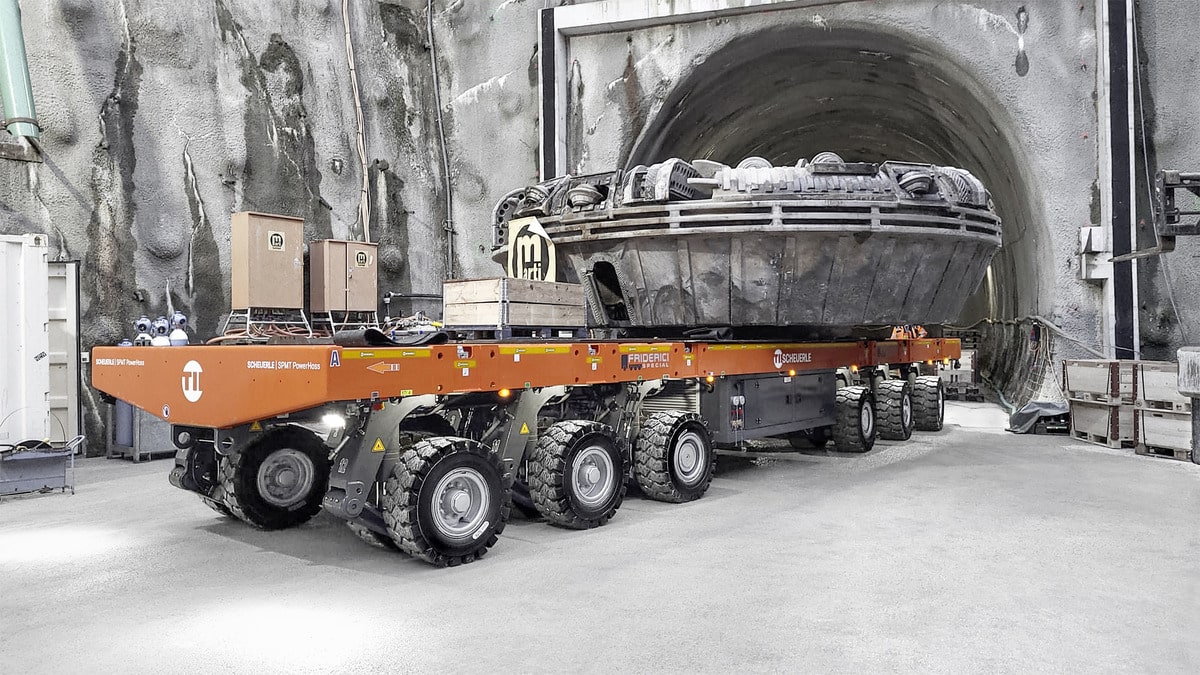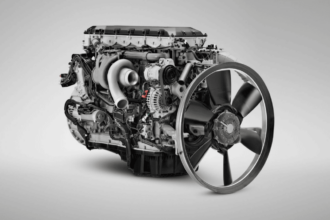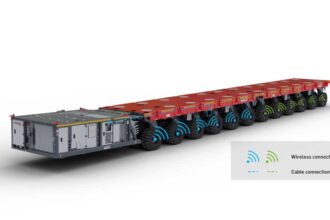ESTA Publishes Important New Trailer Stability Guidance
ESTA (THE EUROPEAN ASSOCIATION OF ABNORMAL ROAD TRANSPORT AND MOBILE CRANES) HAS PUBLISHED A NEW TRANSPORT STABILITY GUIDELINE FOR THE USE OF MODULAR HYDRAULICALLY SUSPENDED TRAILERS.
Published in an attempt to improve safety and raise standards in what is a fast-growing sector attracting inexperienced entrants, the guideline has been published following ESTA’s autumn meetings last week, and is freely available to ESTA members from the Library in ESTA’s website.
It is the result of work carried out by ESTA’s SPMT working group whose 12 member companies come from eight different countries, reflecting the widespread concern across Europe. The companies are Collett, Cometto, DNV, Fagioli, Goldhofer, Mammoet, Sarens, Siemens Gamesa, Technip, Terra Navtica, Tii Group and Wagenborg.
The group was initially created to update and expand ESTA’s 2016 SPMT Best Practice Guide that is still available free to members in six languages.
The new guideline specifies the factors to be considered when verifying the global stability and capacity of a modular hydraulically suspended trailer by calculation, assuming that the trailer is operating on a stable surface.
It also details the conditions and considerations for local stability of trailers within a transport arrangement and the stability of the cargo itself and will be referenced in the DNV ST-N001 Maritime Operations Standard published by DNV, the independent experts in assurance and risk management.
It will eventually be incorporated into a completely updated best practice guide expected to be published next year, but the authors saw no reason to delay publishing the important stability guideline in the meantime.
ESTA Director Ton Klijn said: “This is an important and timely piece of work that addresses an issue of real concern in the industry. Our attention will now turn to updating and improving the rest of the 2016 best practice guide.”
“We are also progressing our plans to develop SPMT operator training through the launch of ETOL – the European Transport Operators Licence – and will be reporting on further developments in that shortly.”
“Around the world, we are still seeing far too many accidents involving SPMTs and we firmly believe that improved technical guidance coupled with properly regulated operator training are essential for the future.
“Common, professional operator training standards – using the structures developed for the European Crane Operators Licence – will not just raise safety and efficiency but will also help the industry recruit the operators it needs going forward.”





